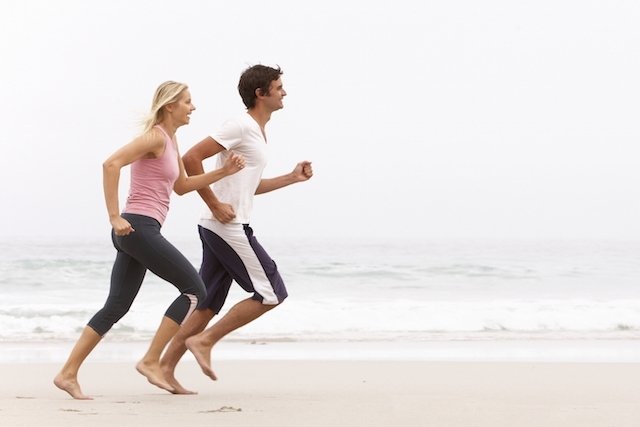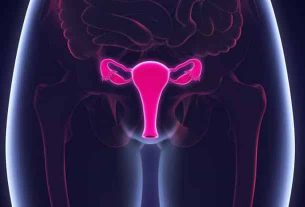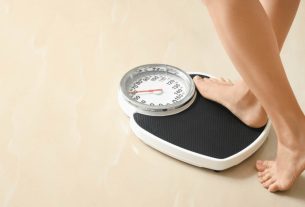When running barefoot, there is increased contact between the foot and the ground, increasing the work of the foot and calf muscles and improving the absorption of impact on the joints. Furthermore, bare feet allow greater sensitivity to the small adjustments that the body needs to make to avoid injuries, which does not always happen when using running shoes with good shock absorbers or suitable for the person’s type of footfall.
Barefoot running is recommended for people who are already used to running, because to run barefoot it is important that the person is used to the movement, thus avoiding injuries, as this type of running requires greater body awareness.

Advantages and disadvantages of running barefoot
When running barefoot the body is able to adjust better, with less risk of injuries to the knee and hip joints, because naturally the first part of the foot that comes into contact with the ground is the middle of the foot, which distributes the impact forces directly to the ground. muscles instead of joints. Furthermore, this is a natural way to strengthen the small muscles inside the feet, which reduces the chances of inflammation such as plantar fasciitis.
However, when running barefoot there are small changes to the body, the skin on the feet becomes thicker, blood blisters may appear on the instep and there is always the risk of cuts and injuries due to stones in the path or broken glass, for example .
How to run barefoot safely
The best ways to run barefoot without harming your body are:
- Run barefoot on the treadmill;
- Run barefoot on the beach sand;
- Run with ‘foot gloves’ which are a type of reinforced sock.
Another safe option is to run in non-cushioned shoes that allow you to spread your toes wide while running.
To start this new way of running, it is important to start slowly so your body gets used to it. The ideal is to start running fewer kilometers and for less time, because this way you can avoid pain in the toes, which is scientifically called metatarsalgia, and reduce the risk of microfractures in the heel.
How to begin
The best way to start minimalist running or natural running is to start training progressively. A good tip is to start by swapping the running shoes you’re used to wearing for ‘foot gloves’ and running on the treadmill or on the beach.
After a few weeks you can start running on grass and then after a few more weeks you can run completely barefoot, but also starting on the treadmill, beach sand, grass, then on dirt and, finally, on asphalt. It is only recommended to run a run of approximately 10K on asphalt after having started this type of adaptation more than 6 months ago. In any case, it is safer to be accompanied by a personal trainer to always achieve better results.

Sign up for our newsletter and stay up to date with exclusive news
that can transform your routine!
Warning: Undefined array key "title" in /home/storelat/public_html/wp-content/plugins/link-whisper-premium/templates/frontend/related-posts.php on line 12
Warning: Undefined array key "title_tag" in /home/storelat/public_html/wp-content/plugins/link-whisper-premium/templates/frontend/related-posts.php on line 13



